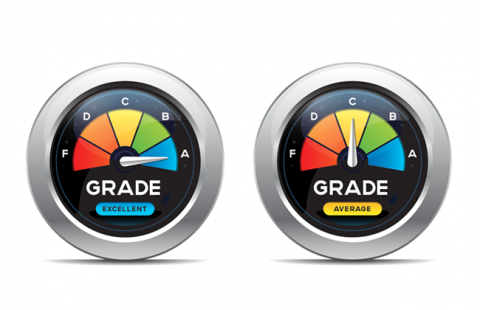You’ve identified a business process to streamline with robotic process automation (RPA) and decide it’s time to move forward. How will you know if it’s working as intended?
As with any significant undertaking, you need to define how to measure your results. Assuming things go well and you’re beginning to achieve your intended goals, measurement will also be key to optimizing for additional gains – and bolstering the ongoing business case for automating additional processes, especially if you face skeptics in your organization.
[ Need a primer? Read also: How to explain Robotic Process Automation (RPA) in plain English. ]
How to measure the ROI of RPA
Antony Edwards, COO at Eggplant, points out that RPA ultimately comes down to replacing manual, repetitive human work with software. In turn, he believes measuring the financial ROI of your RPA can be boiled down to a before-and-after – or old-versus-new – comparison.
- Old = how much effort was it taking before multiplied by the salary of the people doing the work
- New = cost of RPA solution + cost of people to manage the RPA
If “new” costs less than “old” over similar timeframes (and better still, over a long-term horizon), you’ve got a foundational case that the RPA project was worth it in terms of financial costs. (Note that while the true ROI would have to be calculated post-deployment, you could use a similar rubric to project potential cost savings as a means of getting buy-in, provided you’re using reasonable estimates.)
Cost savings show an initiative is earning its keep, especially in an age when IT leaders are regularly asked to operate under a “do more with less” banner. There aren’t too many CEOs or board members who complain that a particular initiative didn’t cost the company enough money.
[ How can automation free up more staff time for innovation? Get the free eBook: Managing IT with Automation. ]
Measuring RPA performance: 6 metrics
Cost savings are not the only way to measure results, however. The best metrics will inevitably vary by organization (and organizational goals), industry, and other factors. But the same “old versus new” principle is often in play: What have you achieved with RPA compared with the previous process? (Or, if you’re projecting future gains, what will you achieve?)
Beyond costs, one of the best ways to think about how you’ll measure the efficacy of your RPA strategy is to think about metrics that reflect what RPA is good at. (You can learn more about the types of tasks and processes that make good candidates for RPA in our recent post, How to identify Robotic Process Automation (RPA) opportunities.)
Aaron Bultman, director of product at Nintex, recommends thinking about these six measurement categories, which range from quantifiable to more qualitative – or somewhere in between:
Productivity: “Bots work around the clock at a very high rate of speed,” Bultman says. Are processes running faster and/or more frequently than before?
Accuracy: “Bots [can] complete their tasks perfectly with zero errors.” Have you reduced errors or otherwise improved the accuracy of outcomes (such as in resolving help desk tickets)?
Consistency: “Bots perform the work identically without variation.” Have you brought greater consistency and predictability to a process?
Reliability: “Bots don’t take breaks, never get sick, and are always ready to work.” Have you reduced downtime and/or increased output?
Compliance: “Bots follow regulatory rules perfectly and never forget a step.” In other words, regulatory compliance can effectively be programmed into a process.
Employee Satisfaction: “[People] can dedicate more time to more meaningful work.” This is a good example of where qualitative measurement can be as important as numbers. Sure, there are quantifiable representations of job satisfaction (like turnover), but you also need to talk to people and solicit feedback.
Looking ahead, what kind of metrics can help you build a case for further RPA projects – or make a business case for ongoing RPA work? Let’s dig in:







